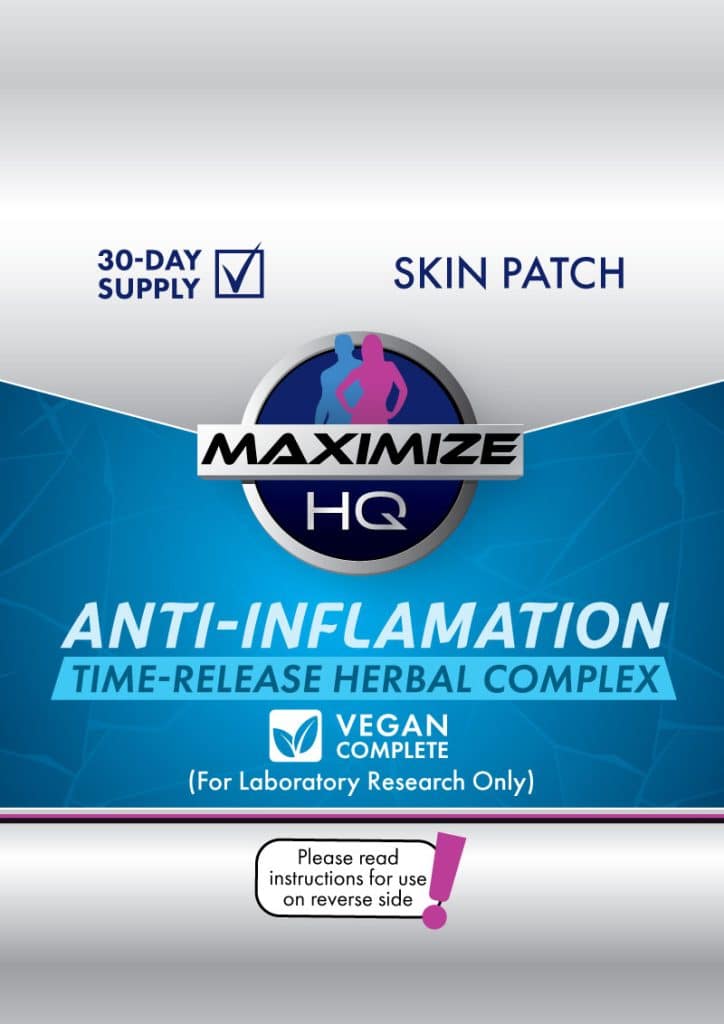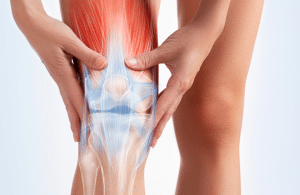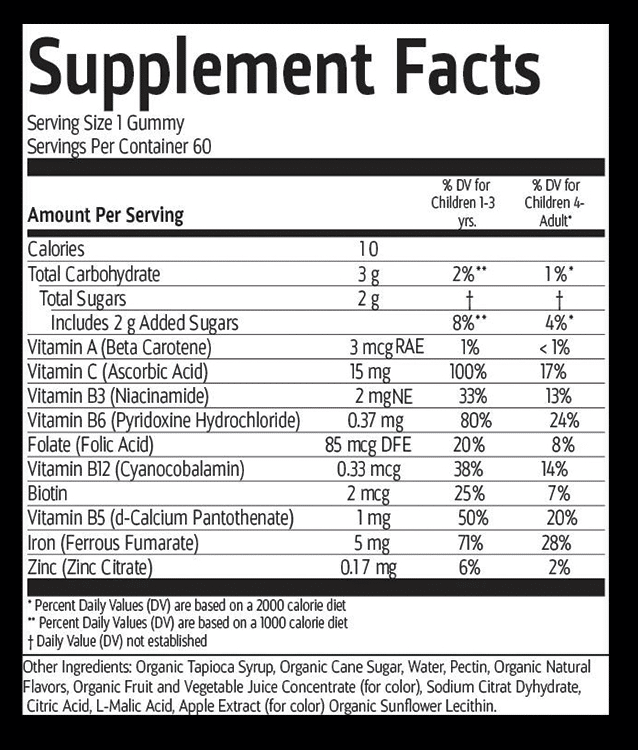Chronic pain is a persistent and often debilitating condition affecting millions of people worldwide. Traditional pain management strategies, such as oral medications and invasive procedures, can have significant drawbacks, including side effects and the risk of dependency.
In recent years, anti-inflammatory skin patches have emerged as a promising alternative for chronic pain management, offering long-term pain relief with fewer side effects. This article explores the role of these patches in managing chronic pain, their benefits, and how they can be integrated into a comprehensive pain management plan.

Save $10 (Cancel anytime – Click To Learn About Our Subscription Option) (60-day Supply – $24.99 each month)
30-Day Supply BOGO – $59.99 Add to Cart (60-day Supply – $29.99 each month)
Understanding Chronic Pain and Inflammation
Chronic pain is defined as pain that lasts for more than three months. It can result from various conditions, including arthritis, fibromyalgia, nerve damage, and other musculoskeletal disorders. One of the key contributors to chronic pain is inflammation, a natural immune response to injury or infection that can become chronic and damaging over time.
The Impact of Inflammation on Chronic Pain
- Prolonged Inflammatory Response: In chronic pain conditions, the body’s inflammatory response remains activated, causing ongoing pain and tissue damage.
- Nerve Sensitization: Chronic inflammation can lead to sensitization of the nervous system, where nerves become overly responsive to pain signals.
- Tissue Damage: Persistent inflammation can cause degradation of tissues, including cartilage and bone, exacerbating pain and leading to further complications.
Anti-Inflammatory Skin Patches: How They Work
Our Maximize Anti-Inflammatory Skin Patches are designed to deliver medication directly to the site of pain through the skin. These patches typically contain nonsteroidal anti-inflammatory drugs (NSAIDs) or other anti-inflammatory agents that are absorbed into the underlying tissues, providing targeted relief.
Mechanism of Action

- Transdermal Delivery: The active ingredients in the patches are absorbed through the skin and into the bloodstream, bypassing the gastrointestinal tract and reducing the risk of systemic side effects.
- Localized Treatment: By applying the patch directly to the area of pain, the medication can concentrate at the site of inflammation, providing more effective relief.
- Sustained Release: Many anti-inflammatory patches are designed to release the medication gradually over several hours or days, ensuring continuous pain relief.
Benefits of Anti-Inflammatory Skin Patches for Chronic Pain Management
Long-Term Pain Relief
One of the primary advantages of anti-inflammatory skin patches is their ability to provide long-term pain relief. Unlike oral medications that need to be taken multiple times a day, patches can offer sustained delivery of medication, reducing the frequency of dosing and providing more consistent pain control.
Reduced Systemic Side Effects
Oral NSAIDs and other pain medications can cause a range of systemic side effects, including gastrointestinal issues, cardiovascular risks, and kidney damage. Anti-inflammatory skin patches minimize these risks by delivering the medication directly to the affected area, thereby reducing systemic exposure.
Non-Invasive and Convenient
Anti-inflammatory skin patches are non-invasive and easy to use. They can be applied at home, making them a convenient option for individuals seeking an alternative to oral medications or more invasive pain management techniques.
Enhanced Compliance
Due to their ease of use and sustained release properties, anti-inflammatory skin patches can improve patient compliance with pain management regimens. This is particularly beneficial for individuals who may have difficulty adhering to complex medication schedules.
Integrating Anti-Inflammatory Skin Patches into Chronic Pain Management
Comprehensive Pain Management Plan

While anti-inflammatory skin patches can be highly effective for managing chronic pain, they should be used as part of a comprehensive pain management plan. This plan may include other modalities such as physical therapy, exercise, dietary changes, and complementary therapies.
Personalized Treatment Approach
Chronic pain management should be personalized to address the specific needs and conditions of each patient. Healthcare providers can work with patients to determine the most appropriate type and dosage of anti-inflammatory patches, as well as the optimal placement and duration of use.
Monitoring and Adjusting Treatment
Regular monitoring and follow-up are essential to ensure the effectiveness of anti-inflammatory skin patches in managing chronic pain. Patients should be encouraged to report any changes in pain levels, side effects, or other concerns to their healthcare provider, who can adjust the treatment plan as needed.
Case Studies and Research on Anti-Inflammatory Skin Patches
Clinical Evidence
Several studies have demonstrated the efficacy of anti-inflammatory skin patches in providing long-term pain relief and managing inflammation in various chronic pain conditions.

- Osteoarthritis: A study published in the Journal of Pain Research found that patients with osteoarthritis of the knee experienced significant pain reduction and improved function with the use of anti-inflammatory patches compared to a placebo.
- Back Pain: Research in the Journal of Clinical Pharmacy and Therapeutics showed that patients with chronic lower back pain reported significant pain relief and improved quality of life with the use of NSAID patches.
- Tendinitis: A study in the American Journal of Sports Medicine indicated that anti-inflammatory skin patches were effective in reducing pain and inflammation in athletes with tendinitis, allowing them to return to their activities more quickly.
Patient Testimonials
Many patients with chronic pain have reported positive experiences with Anti-Inflammatory Skin Patches. Testimonials often highlight the convenience, effectiveness, and reduced side effects of these patches compared to oral medications.
Potential Drawbacks and Considerations
Skin Irritation
Some individuals may experience skin irritation or allergic reactions to the adhesive or active ingredients in the patches. It is important to monitor the skin for any signs of redness, itching, or swelling and to discontinue use if these occur.
Cost and Accessibility
Anti-inflammatory skin patches can be more expensive than oral medications, and not all insurance plans may cover them. Patients should discuss cost considerations with their healthcare provider and explore potential options for financial assistance if needed.
Limited Availability
While anti-inflammatory skin patches are widely available, certain formulations or strengths may not be accessible in all regions. Healthcare providers can help patients find suitable alternatives if specific products are unavailable.

Save $10 (Cancel anytime – Click To Learn About Our Subscription Option) (60-day Supply – $24.99 each month)
30-Day Supply BOGO – $59.99 Add to Cart (60-day Supply – $29.99 each month)
Final Thoughts
Anti-inflammatory skin patches offer a promising solution for chronic pain management, providing long-term pain relief and reducing the risks associated with systemic medications. By delivering targeted, sustained medication to the site of pain, these patches can effectively manage inflammation and improve the quality of life for individuals with chronic pain conditions.
Integrating our Maximize Anti-Inflammatory Skin Patches into a comprehensive pain management plan, with personalized treatment and regular monitoring, can help patients achieve better outcomes and regain control over their pain. As research continues to support their efficacy, anti-inflammatory skin patches are poised to become an increasingly important tool in the fight against chronic pain.



